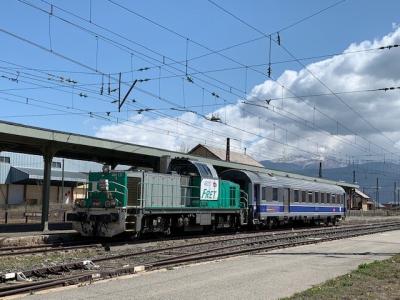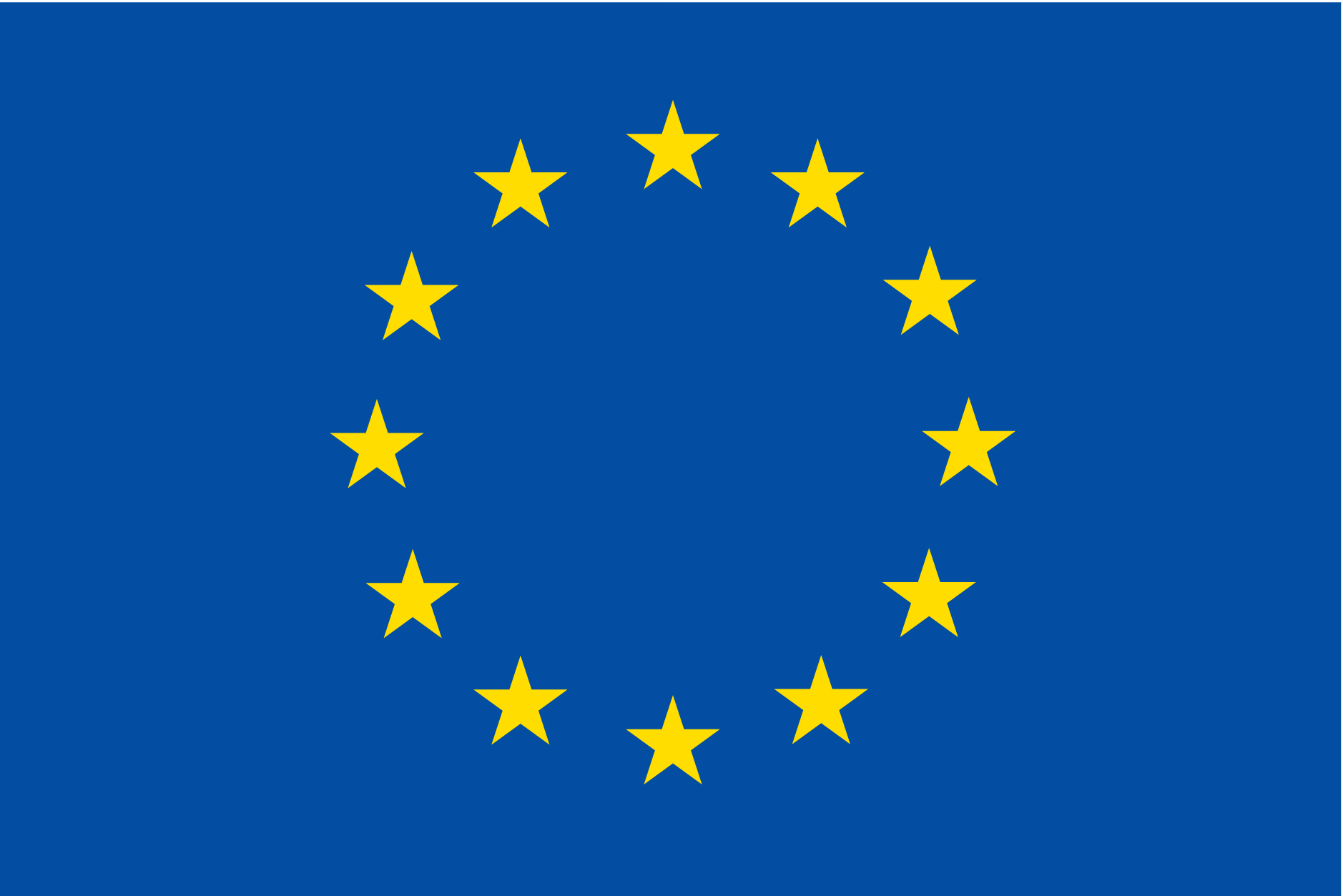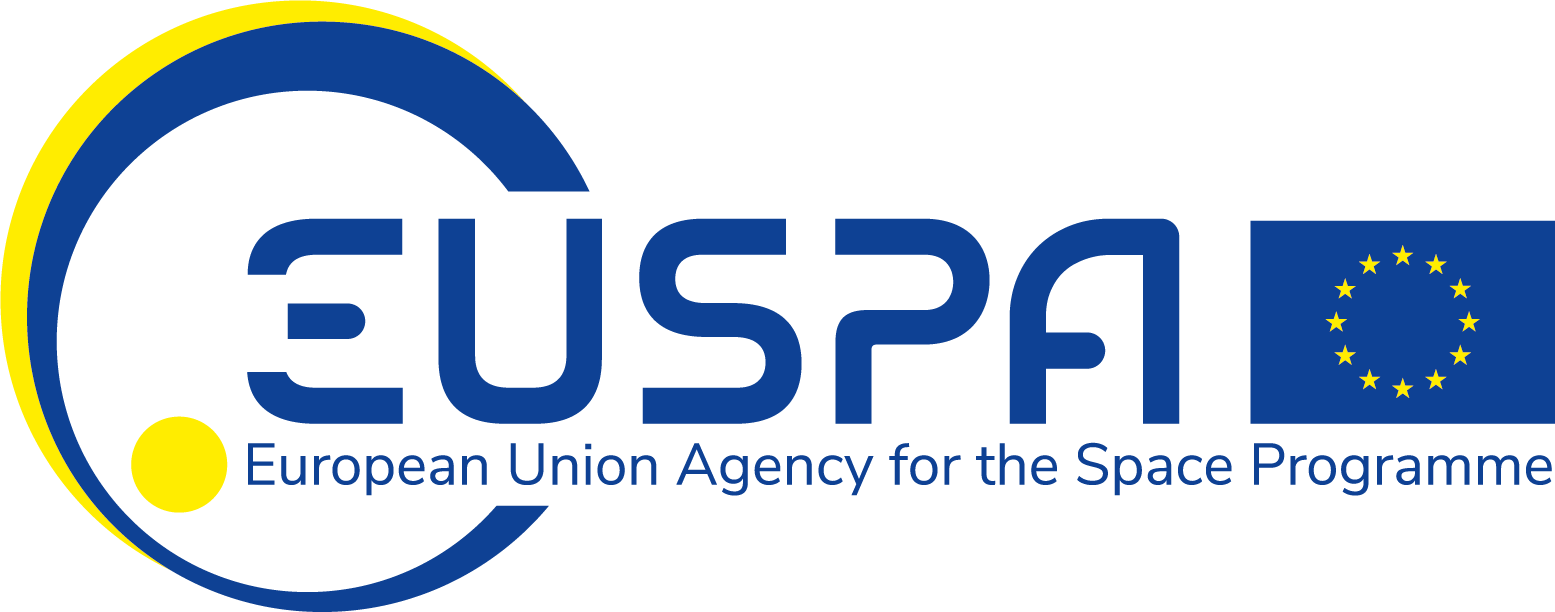SNCF and its partners are working side by side to set up the future rail location system
“Coming together is a beginning; keeping together is progress; working together is success”, said the American industrialist Henry Ford. It is now at this third stage that SNCF’s Localisation team is working with its partners to define a future location system.
Continuous testing in various environments
SNCF set-up a dedicated test train, named Martine consisting of a BB60137 locomotive and a VENG 234 Corail car, and this train regularly proceed to trials between Vitry and Montereau in order to test various localisation demonstrators and specific sensors, such as a GNSS bit-grabber.
These tests are used to collect data for the CLUG project and its phase WP4 (Testing and Evaluation). In addition to these regular tests, the SNCF Localization team carries out longer campaigns to collect sensor data in specific environments (mountains, forests, countryside, tunnels, urban environments, etc.) and for specific use cases (long straight lines, sudden braking/acceleration, etc.). During the summer of 2020 and more recently in early April 2021, Martine made a one-week trip in the South-West of France to collect data in mountainous environments.
Synergies with major actors in localization from space, aeronautics, naval and defense sectors
The SNCF has forged partnerships with major players in their field in order to develop train localisation systems. The first partnership set up was with Airbus Defense and Space (ADS), in parallel of the CLUG project. Airbus is designing performance analysis tools for location algorithms, as well as a train localisation demonstrator that will be installed on commercial trains. The demonstrator is made of a 3U rack containing two inertial units (Ekinox and Apogee) by SBG Systems, a GNSS AsteRx-4 receiver by Septentrio as well as a railway computer to retrieve data from the GNSS and inertial sensors and from an odotachometer (phonic wheel).
The SNCF's other major partnership is with Ixblue, a company that manufactures inertial units and specialized in the fusion of inertial data with other sensors in the naval and defense sectors. This partnership aims to develop a train localisation demonstrator, similar to the one implemented by Airbus, consisting of a 3U rack containing an Ixblue A7 inertial unit and a railway computer that enables the collection of GNSS, inertial and odotachymetric data from the sensors. All this takes place in parallel of the LOC4RAIL project, funded by ADEME, in which IxBlue and SNCF with other partners, and which aims to set up a train localisation system based on multi-sensor fusion, similarly to the work undertaken in the CLUG project.
Fruitful partnerships and new perspectives to innovate
Once the Airbus and Ixblue rail racks will be complete, and will have passed the fire standards (Feux-Fumées and CEM), the objective is to install them on various commercial trains (TGV, Z2N and TER) in order to collect data that will be used by SNCF partners to improve the data fusion algorithms developed in different projects.
Regarding CLUG, the data collected will come only from campaigns made with the Martine test-train because the rack set up by Airbus unfortunately cannot be ready in time for the CLUG project. These data will be added to those collected in Switzerland by SBB and Siemens and will thus be used by Airbus and Naventik to improve the performance of the algorithms developed in CLUG.
So, working with all its partners, SNCF aims to pushing back the boundaries of innovation and to introducing new kind of localisation systems in rail.







